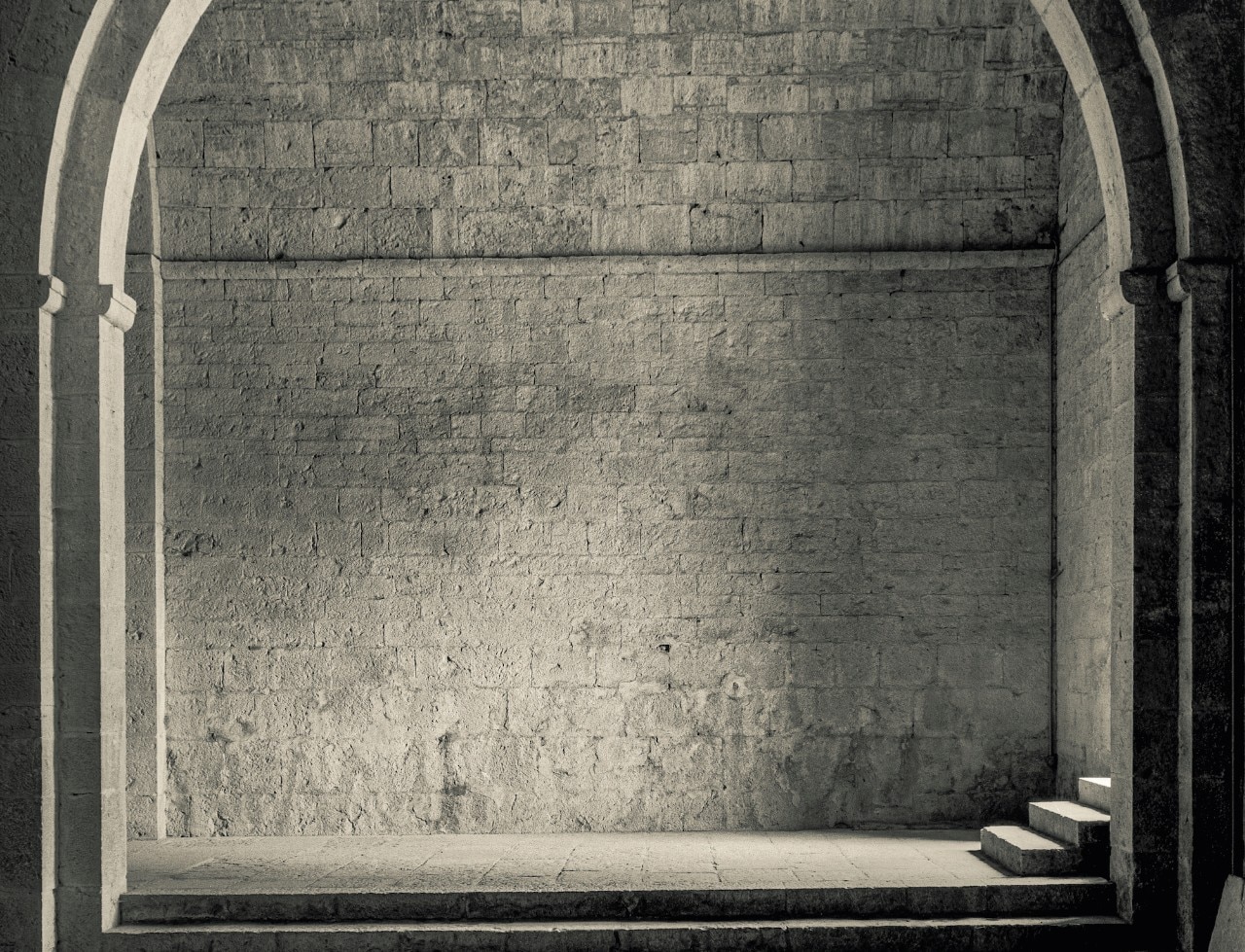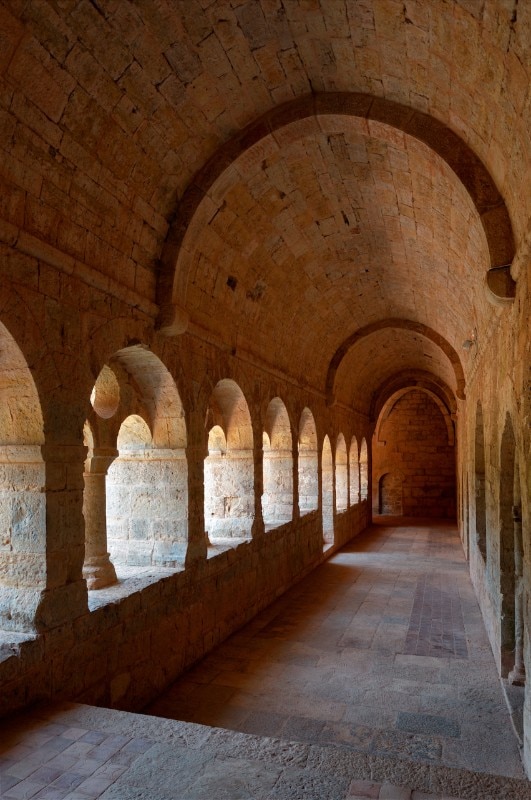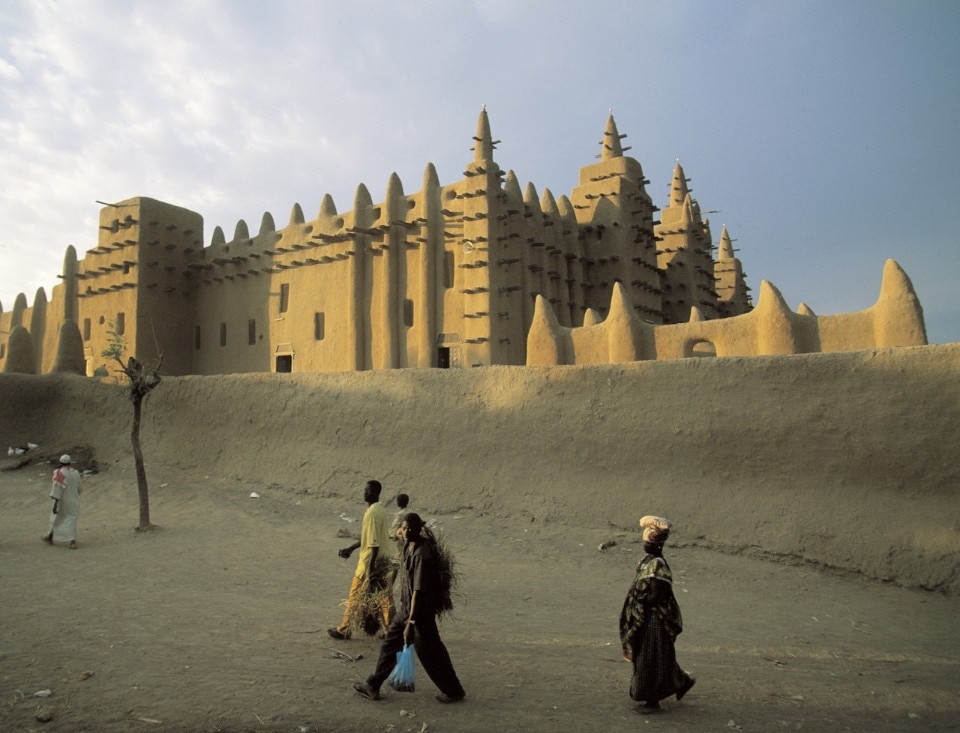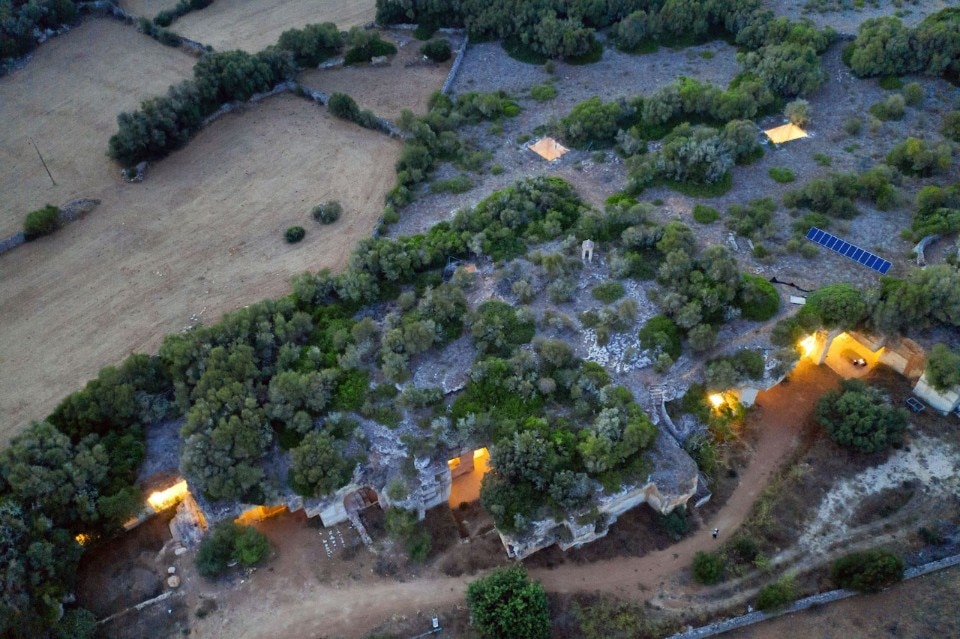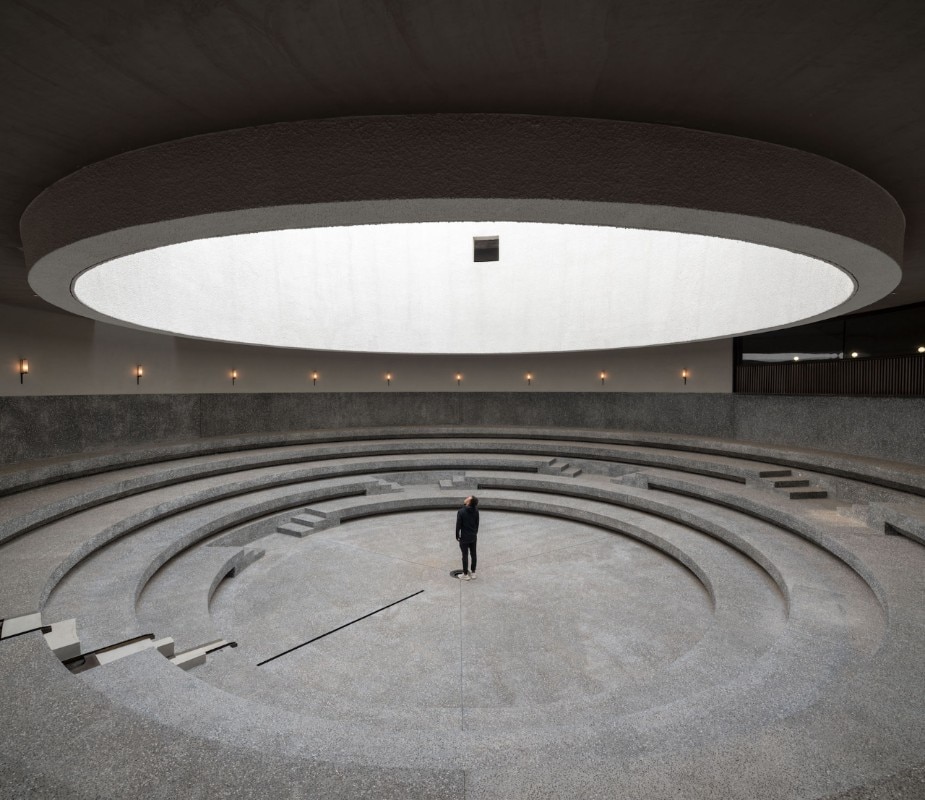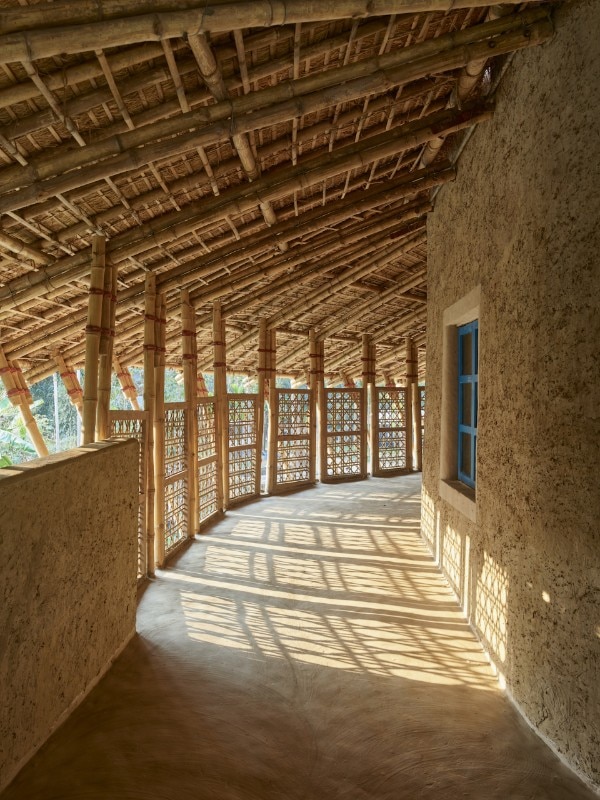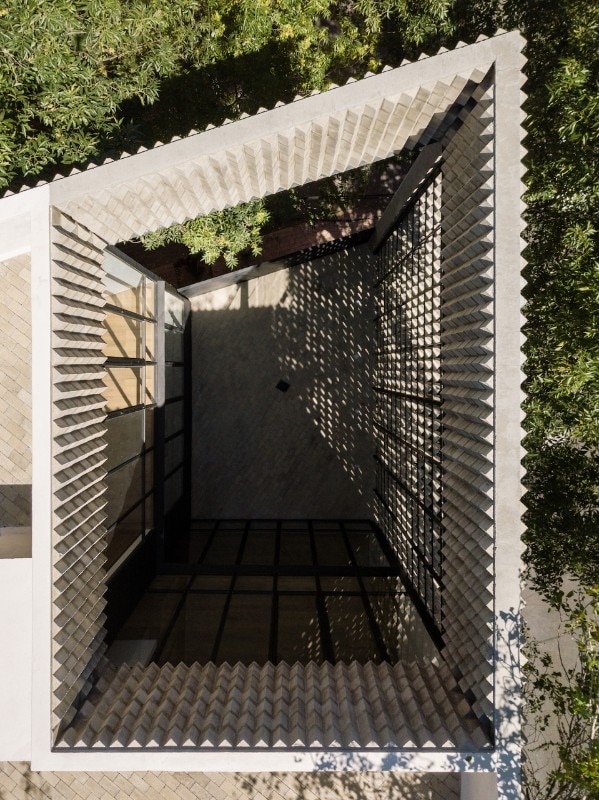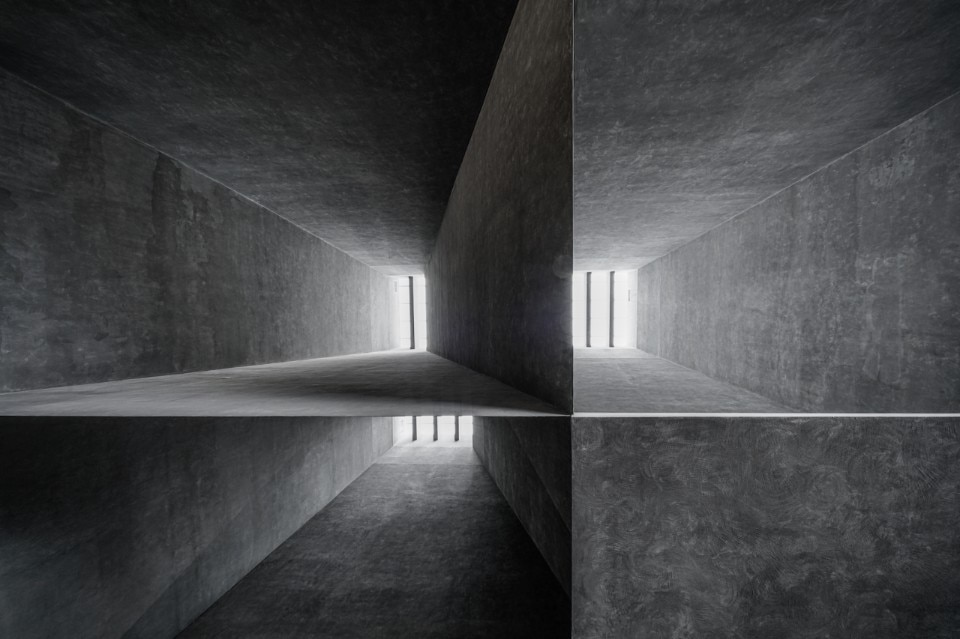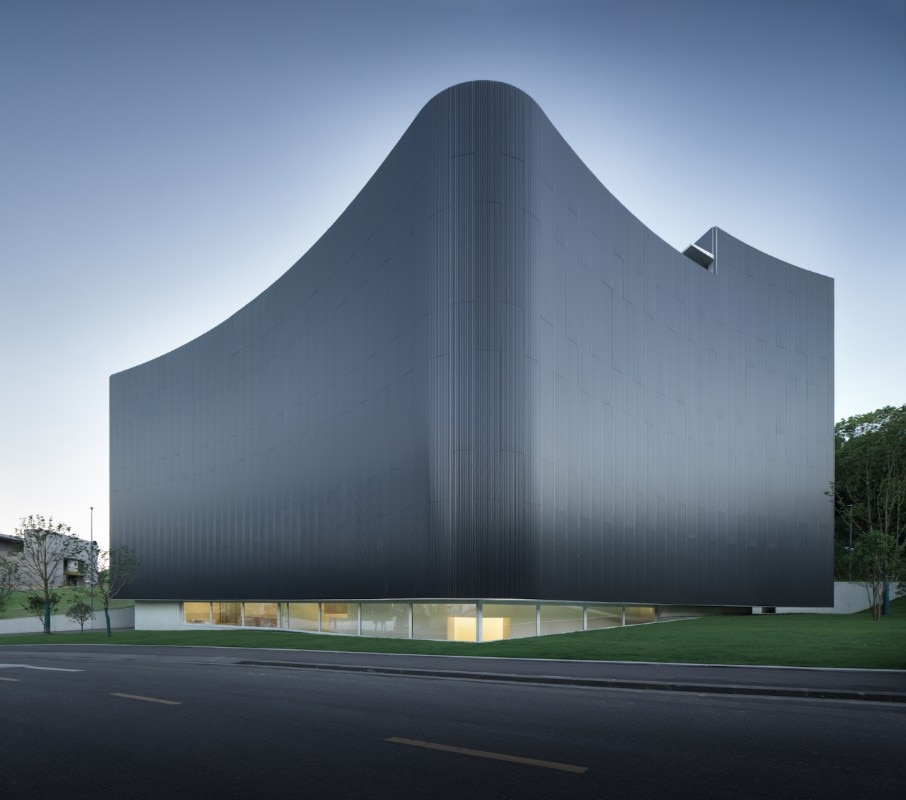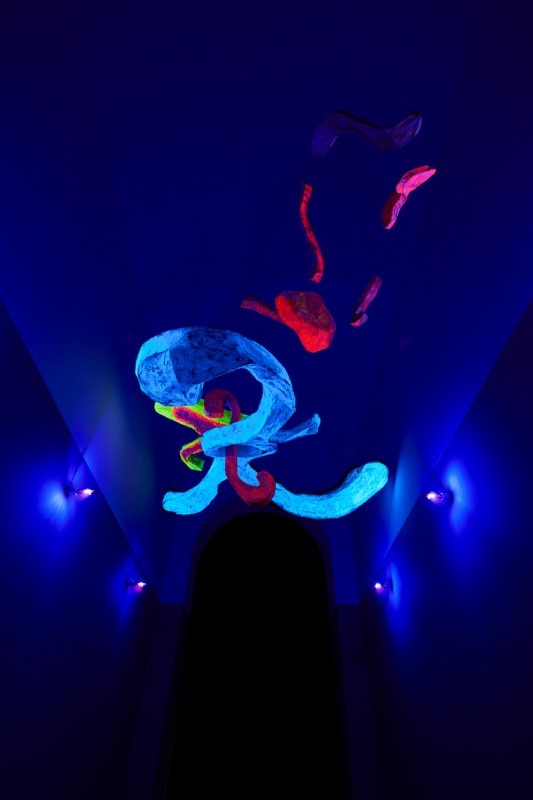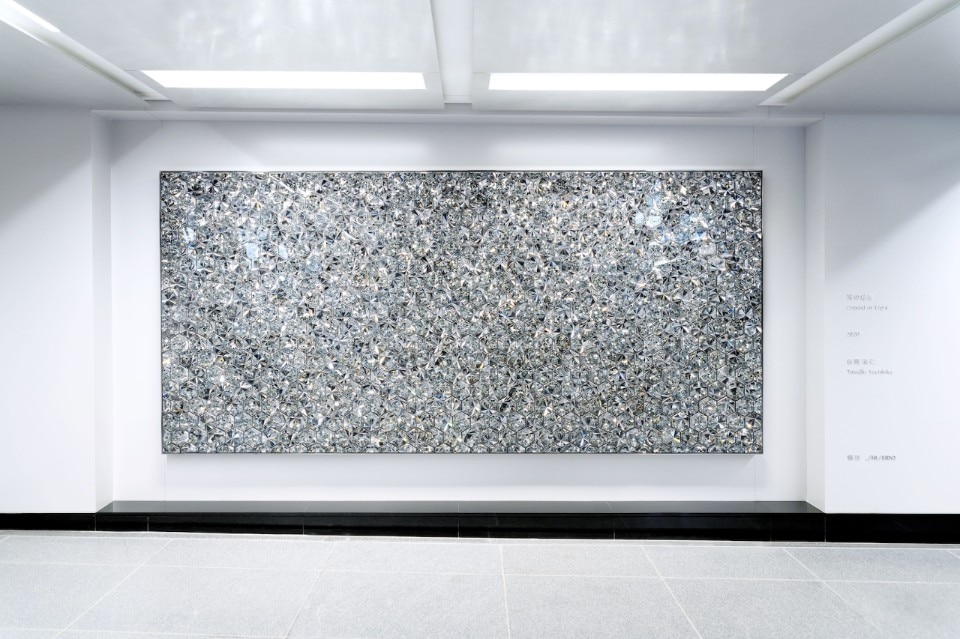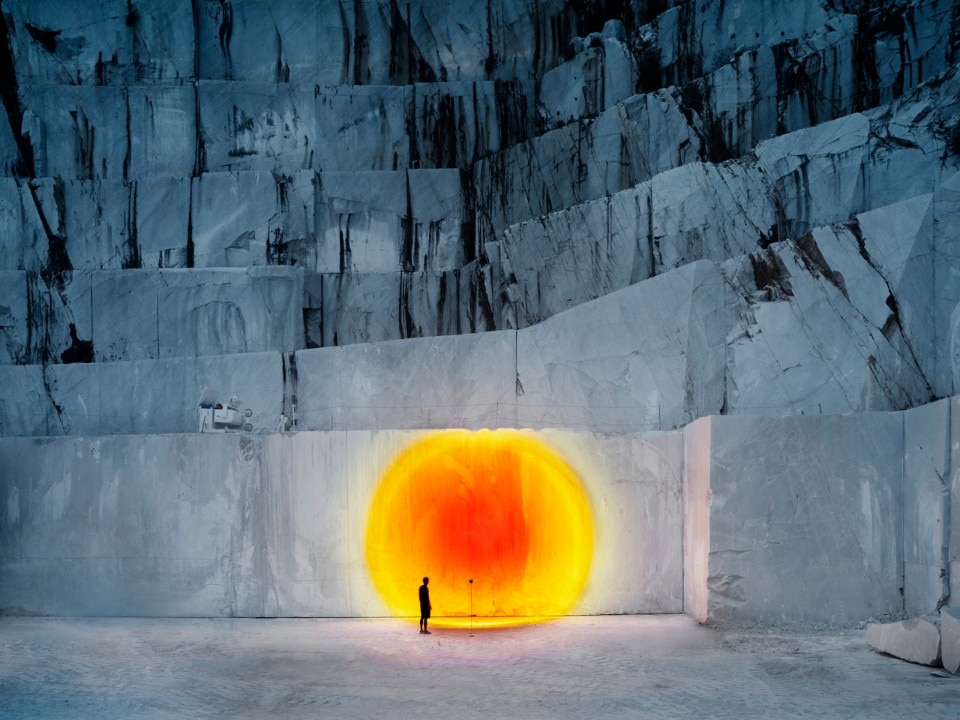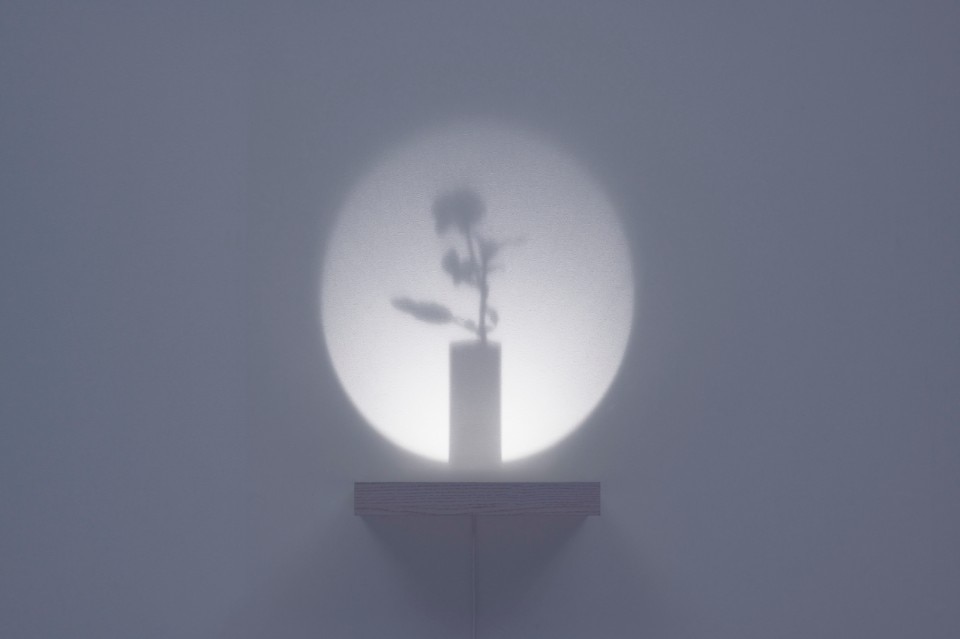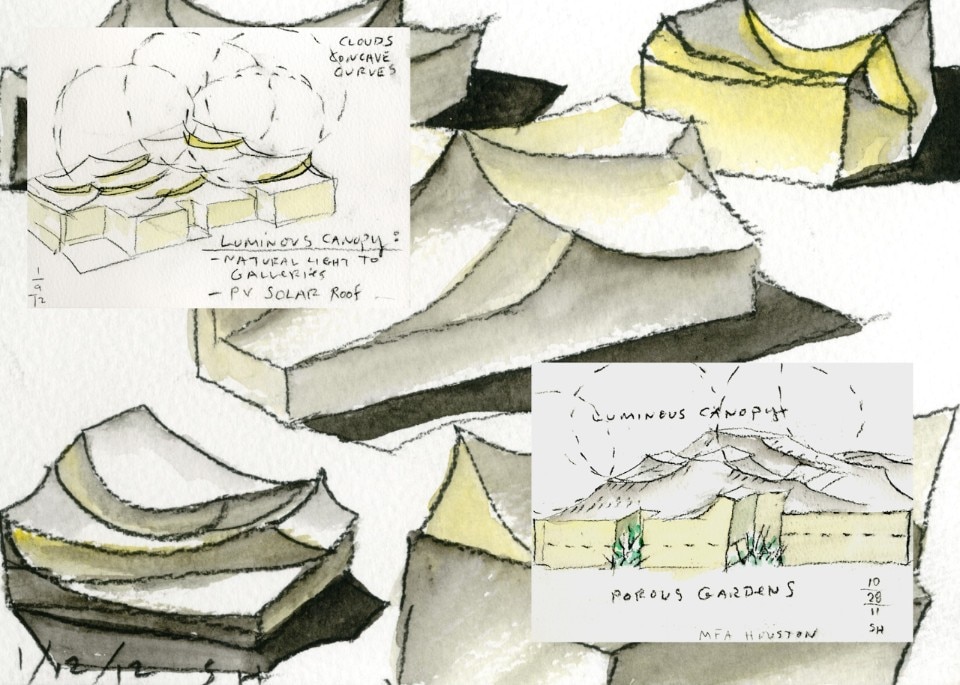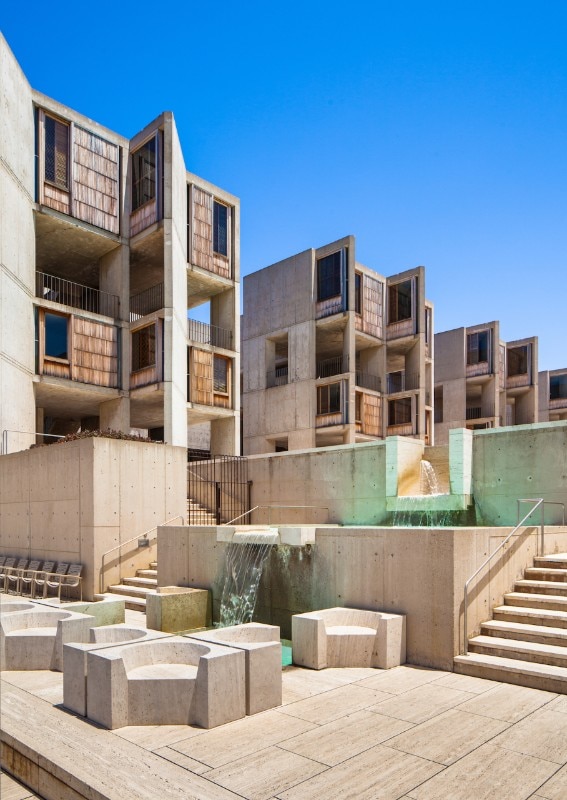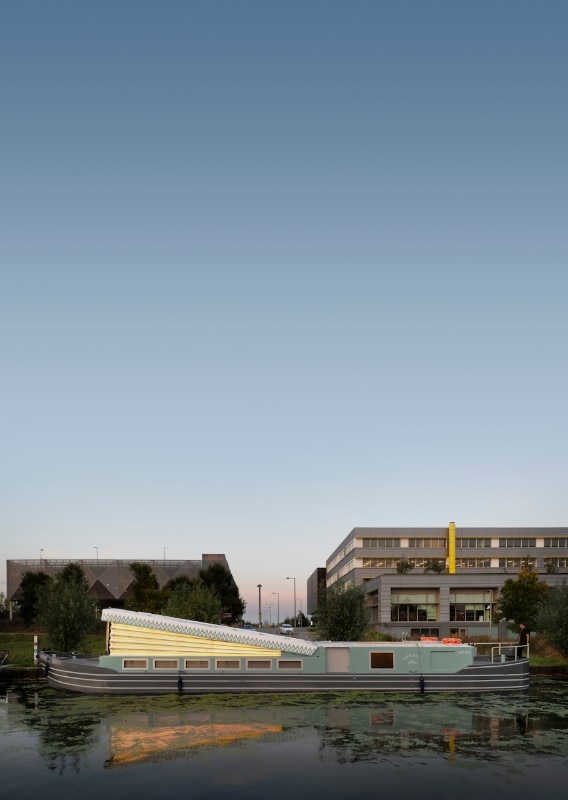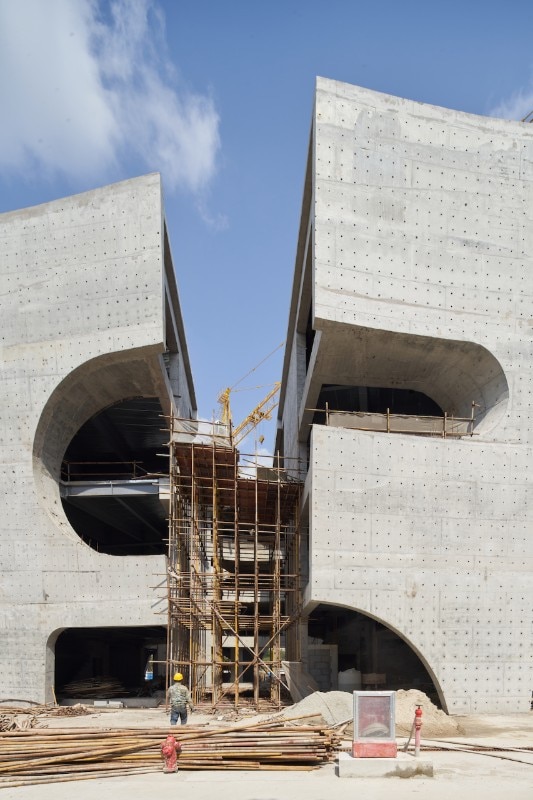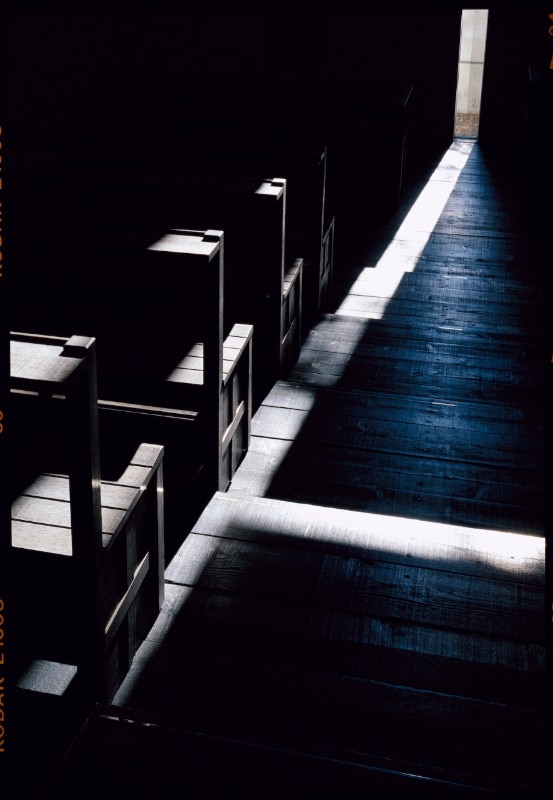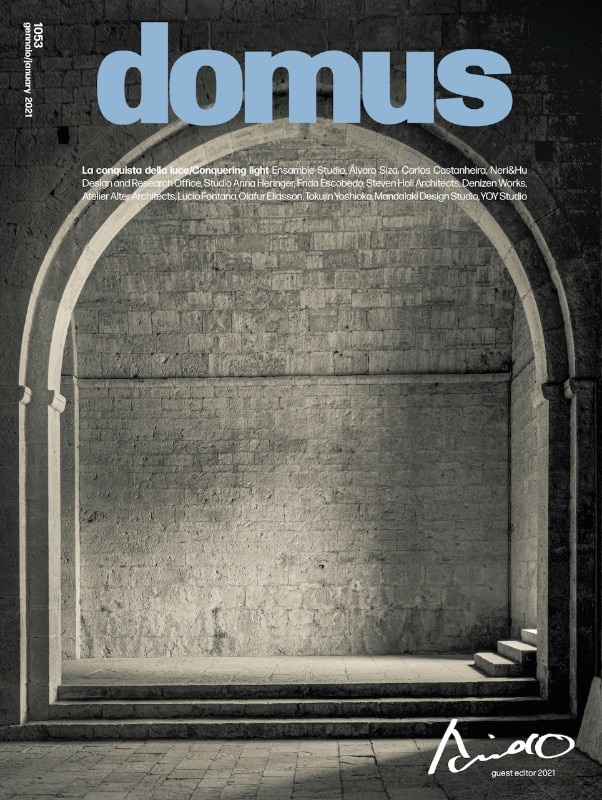Domus 1053 is the first issue edited by Tadao Ando, Guest Editor of 2021. In his first editorial, he tells us how natural light has conquered the zenith of architecture in all eras and places, from the ascetic light of northern Europe to Japanese houses’ intimate shadows. “While artificial lighting technology is making great strides, we are gradually losing our physicality and innate sensitivity to natural light,” Ando explains.
This is followed by an essay by Riichi Miyake, excerpted from In Praise of Shadows (Leete’s Island Books, 1977), in which the historian rereads the history of modern architecture under the magnifying glass of the relationship between space and light, a source of inspiration for many designers. His paper offers a multidisciplinary critical view of the types of light we can find in architecture today.
In the Architecture section, six projects are presented, characterised by three different uses of light. Ca’n Terra by Ensamble Studio, a project for the recovery of a former quarry is illustrated as Primitive light, and Aranya Art Center by Neri&Hu Design and Research Office, characterised by a white cone that illuminates the amphitheatre designed for the coastal community from above. The buildings characterised by Filtered light are the Anandaloy Centre by Studio Anna Heringer, a centre for disabled people made of bamboo and mud, and the Mar Tirreno residences by Mexican architect Frida Escobedo, where the uniformity of the chiaroscuro play on the concrete façades conceals the variety of spatial configurations of the residential units. Finally, the Yingliang Stone Natural History Museum by Atelier Alter Architects, characterised by large pyramid-shaped volumes, and MoAE - Huamao Museum of Art Education designed jointly by Álvaro Siza and Carlos Castanheira, where natural light enters zenithally into the museum’s full-height void, were selected for Light without shadows.
In the pages dedicated to Art, Caroline Corbetta outlines the relationships and similarities of Lucio Fontana and Olafur Eliasson’s works, two artists who are distant in time and intentions but who share a belief in the light as a tool for constructing environments to trigger transformations.
For Design, the projects of Japanese designer Tokujin Yoshioka, the Milan-based Mandalaki Design Studio, and YOY studio are illustrated, objects characterised respectively by Reflected light, Chromatic light and Light and shadow.
The new Creators section has been set up to illustrate various thought-forms that can emerge around an idea. Each month we will offer a range of artists and designers who shape objects, spaces and buildings the chance to express themselves visually on the theme we investigate in the issue. We have asked these creatives to freely visualise each of these abstract ideas in the form of images, collages, drawings, sketches and texts. For this issue, the research focuses on the question, “What is light?”.
For Design snippets, Kenneth Frampton writes about the collaboration, albeit substantial, between Louis I. Kahn and Luis Barragán for the Salk Institute court, few traces remain. The technical drawing of the gusset and the hand drawing, by naval architect Tony Tucker, are different in approach and purpose, but together they tell the story of Denizen Works’ Genesis floating church project. Steven Holl recounts the new Cofco health centre's construction process and cultural centre in Shanghai, which embraces the beauty of exposed concrete during construction, preferring it to white.
In this month’s Diary, pages dedicated to current affairs, a round table between Sergio Buttiglieri, Federica Damiani, Piero Lissoni and Gilberto Negrini discusses the value of luxury at a time of crisis like the one we are currently experiencing. Valentina Petrucci meets Stefano Gabbana and Domenico Dolce, while Carlos D’Ercole visits Francesco Clemente’s house, environments in which one is transported back to eras and civilisations far removed in time. Alessandro Scarano recounts his meeting with Renzo Vitale, head of sound for BMW. Andrea Caputo interviews the LANs during a studio visit, in their flexible offices with a strong connection to the city. Editorial director Walter Mariotti concludes the section with an encounter with Tobia Scarpa, an unusual architect and designer: like a poet, he descends into the depths of the self to discover we.


